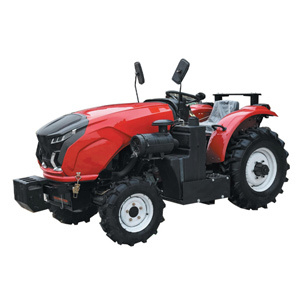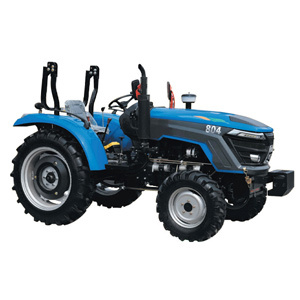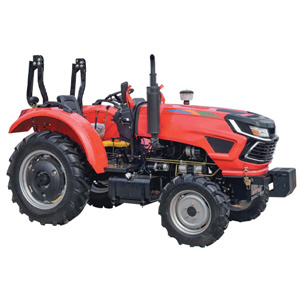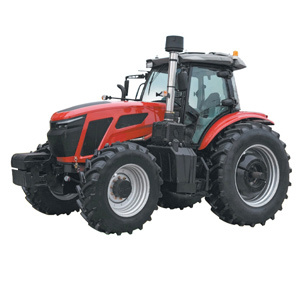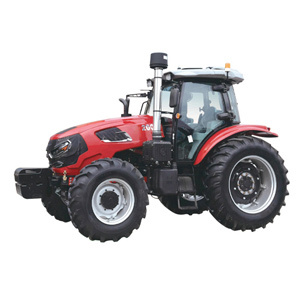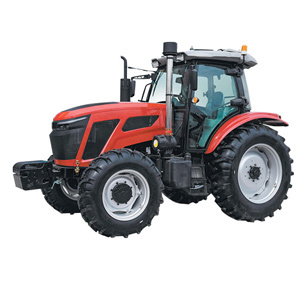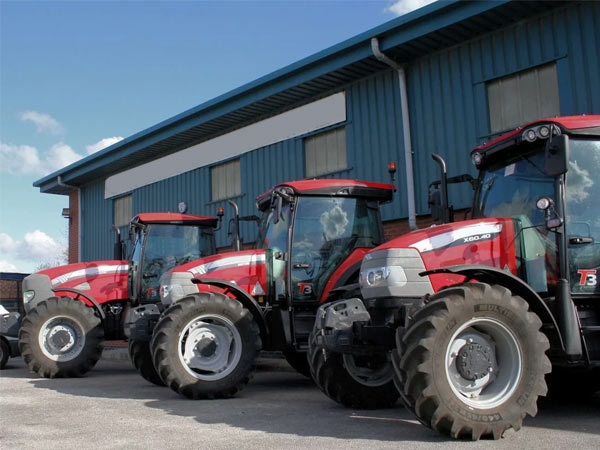Providing you with a one-stop solution for tractors
Hilly Land, Orchards, Plains: How to Choose the Perfect Tractor for Different Terrains? Read This Guide!
Release time:
2025-10-22
Choosing a tractor is one of the most critical decisions for a farmer. However, a "one-size-fits-all" approach doesn't work. The ideal tractor for your farm is largely determined by its terrain. Selecting the wrong machine can lead to inefficiency, higher operating costs, and even safety risks. This guide will help you navigate the key factors for choosing the perfect tractor for three common terrains: hilly land, orchards, and plains.
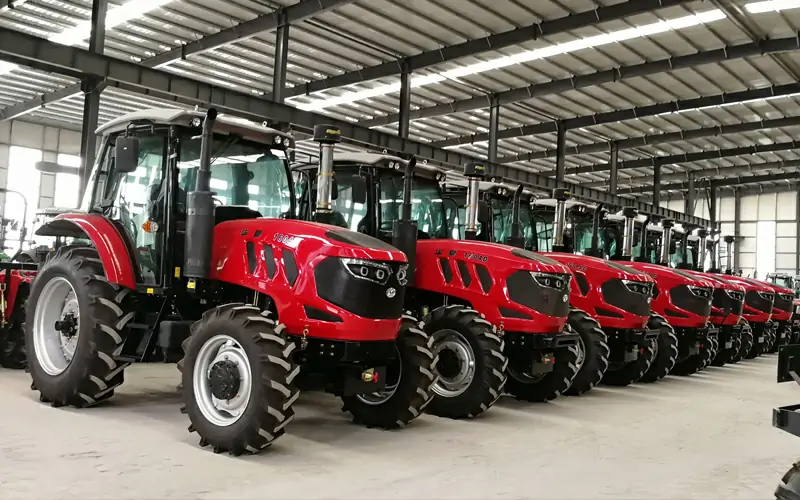
1. Hilly and Mountainous Terrain: Stability and Power are Paramount
Farming on slopes presents unique challenges. The primary concerns are stability, safety, and maintaining traction.
Key Considerations:
Low Center of Gravity: A tractor with a low-profile design is essential to prevent rollovers. This often means opting for specialized orchard or vineyard models or ensuring standard models are as low as possible.
4-Wheel Drive (4WD): This is non-negotiable. 4WD provides the necessary traction for climbing slopes and prevents the rear wheels from losing grip, which is crucial for safety on inclines.
Creeper Gears: Slow, controlled speed is vital for safety and precision on hills. Look for tractors equipped with creeper or super-low gear options.
Robust Hydraulics: Powerful hydraulics are needed to operate implements effectively on uneven ground.
Recommended Tractor Type: Low-Center-of-Gravity Tractors, Compact Utility Tractors with 4WD.
2. Orchards and Vineyards: Compact Size and Maneuverability
In confined spaces like orchards and vineyards, the goal is to navigate without damaging valuable trees or vines.
Key Considerations:
Compact Dimensions: The tractor must be narrow enough to pass easily between tree rows and low enough to clear overhead branches. Specialized Orchard and Vineyard tractors are designed for this exact purpose.
Maneuverability: A tight turning radius is crucial for working in tight spaces. This improves efficiency and reduces operator fatigue.
Protective Features: Look for features like enclosed cabs, protective grills, and smooth exteriors to prevent snagging and damaging fruit or bark.
Adequate PTO Power: While size is small, you still need sufficient Power Take-Off (PTO) horsepower to run sprayers, mowers, and other essential implements.
Recommended Tractor Type: Specialized Orchard Tractors, Vineyard Tractors, Compact Tractors.
3. Plains and Large Fields: Efficiency and High Horsepower
On vast, open flatlands, the name of the game is covering as much ground as possible in the shortest time.
Key Considerations:
High Horsepower: This is the domain of high-horsepower row-crop and utility tractors. More power allows you to pull wider and heavier implements, like multi-furrow plows and large seeders.
Fuel Efficiency: With large-scale operations, fuel consumption becomes a major cost factor. Look for modern engines with advanced fuel injection systems.
Comfort and Technology: Since operators spend long hours in the cab, comfort is key. Air-conditioned cabs, advanced transmissions (continuously variable transmission - CVT), and precision farming technology (like GPS auto-steer) are valuable investments that boost productivity and reduce fatigue.
Recommended Tractor Type: High-Horsepower Row-Crop Tractors, Utility Tractors.
Conclusion
Your terrain dictates your needs. For hills, prioritize stability and 4WD. For orchards, prioritize compact size and protection. For plains, prioritize horsepower and efficiency. By carefully matching your tractor to your land, you are not just buying a machine; you are making a strategic investment in the productivity and future of your farm.

